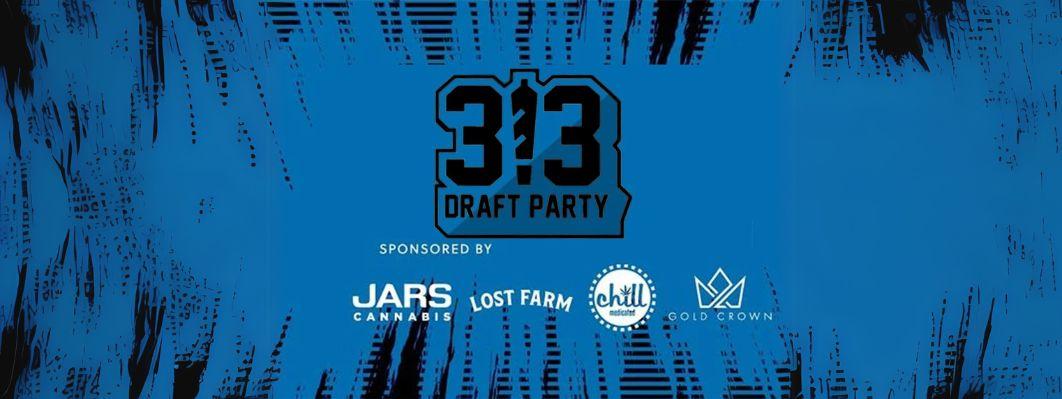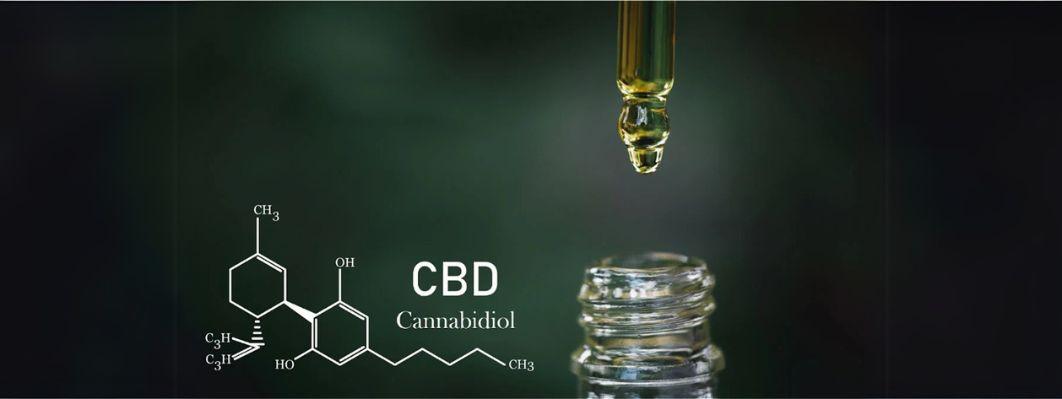Powered by Buddy
Menu
Main menu
Categories
Deals
Powered by Buddy
Powered by Buddy
Menu
Powered by Buddy
How do you want to shop?
Use My Current Location
Loading...
Blog

313 Draft Party: A Must-Attend Event Co-Hosted by JARS Cannabis, Chill Medicated, Lost Farm, and Gold Crown in Downtown Detroit
Don't miss the 313 Draft Party in Downtown Detroit! Co-hosted by JARS Cannabis, Lost Farm, Gold Crown, and Chill Medicated. Join us for a spectacular two-day event with live draft viewing, Woodward Sports podcast, local food trucks, and more.
The Draft is a cornerstone event in American sports, drawing thousands of fans to celebrate the future stars of football. This year, as Detroit proudly hosts the event for the first time, JARS Cannabis, alongside guests like Woodward Sports and co-hosts Chill Medicated, Kiva’s Lost Farm, and Gold Crown, are set to level up the festivities with a draft party like no other. Slated for April 25-26, the 313 Draft Party promises to be a highlight for sports enthusiasts and cannabis lifestyle advocates alike.
The Draft is a cornerstone event in American sports, drawing thousands of fans to celebrate the future stars of football. This year, as Detroit proudly hosts the event for the first time, JARS Cannabis, alongside guests like Woodward Sports and co-hosts Chill Medicated, Kiva’s Lost Farm, and Gold Crown, are set to level up the festivities with a draft party like no other. Slated for April 25-26, the 313 Draft Party promises to be a highlight for sports enthusiasts and cannabis lifestyle advocates alike.
JARS
December 12, 2024

Discover the Best Wraps for Blunts: A Comprehensive Guide
We are going to be real blunt with you. Picking and choosing which method to consume your cannabis flower is a recurring thought in our minds. For a quick and easy puff, packing a bowl is the way to go. Want to relax and unwind long enough to smoke a joint? When it's time to share the love amongst a group of friends, don't show up without the best wraps for blunts.
JARS
December 12, 2024

JARS Roundtable Recap: Al Harrington Interview With VIOLA LABS
Recap the insightful JARS Roundtable: Al Harrington Interview with Viola Labs. Gain valuable insights into the cannabis industry as Al Harrington discusses Viola's mission, accomplishments, and future vision. Explore the dynamic conversation about social equity, entrepreneurship, and Viola's role in shaping the cannabis landscape, brought to you by JARS.
JARS
December 11, 2024
Recent Post

313 Draft Party: A Must-Attend Event Co-Hosted by JARS Cannabis, Chill Medicated, Lost Farm, and Gold Crown in Downtown Detroit
JARS

Discover the Best Wraps for Blunts: A Comprehensive Guide
JARS

CBD Oil: What is the Most Effective Form to Use?
JARS

JARS Roundtable Recap: Al Harrington Interview With VIOLA LABS
JARS
Powered by Buddy
Menu
Main menu
Categories
Deals
Powered by Buddy
Powered by Buddy


